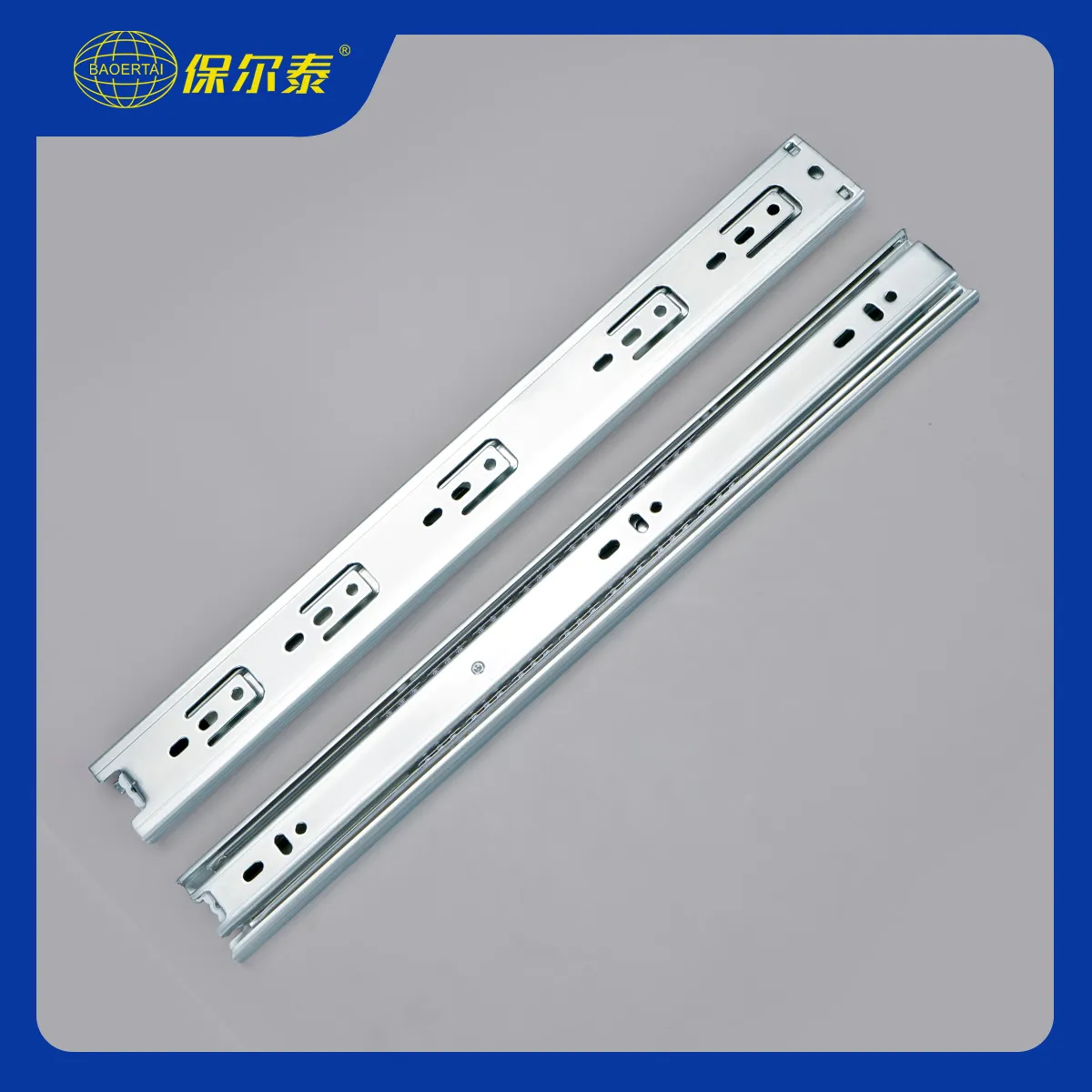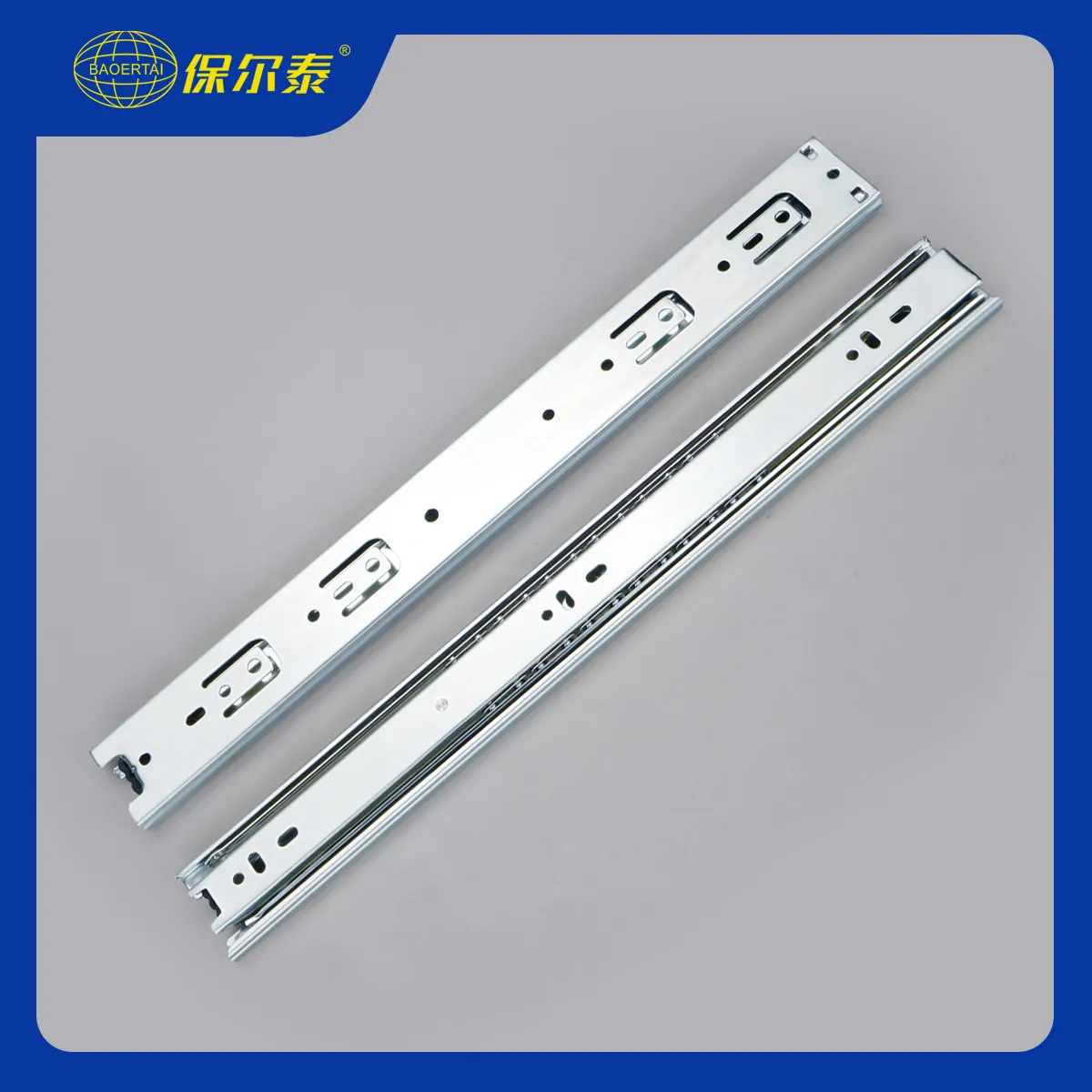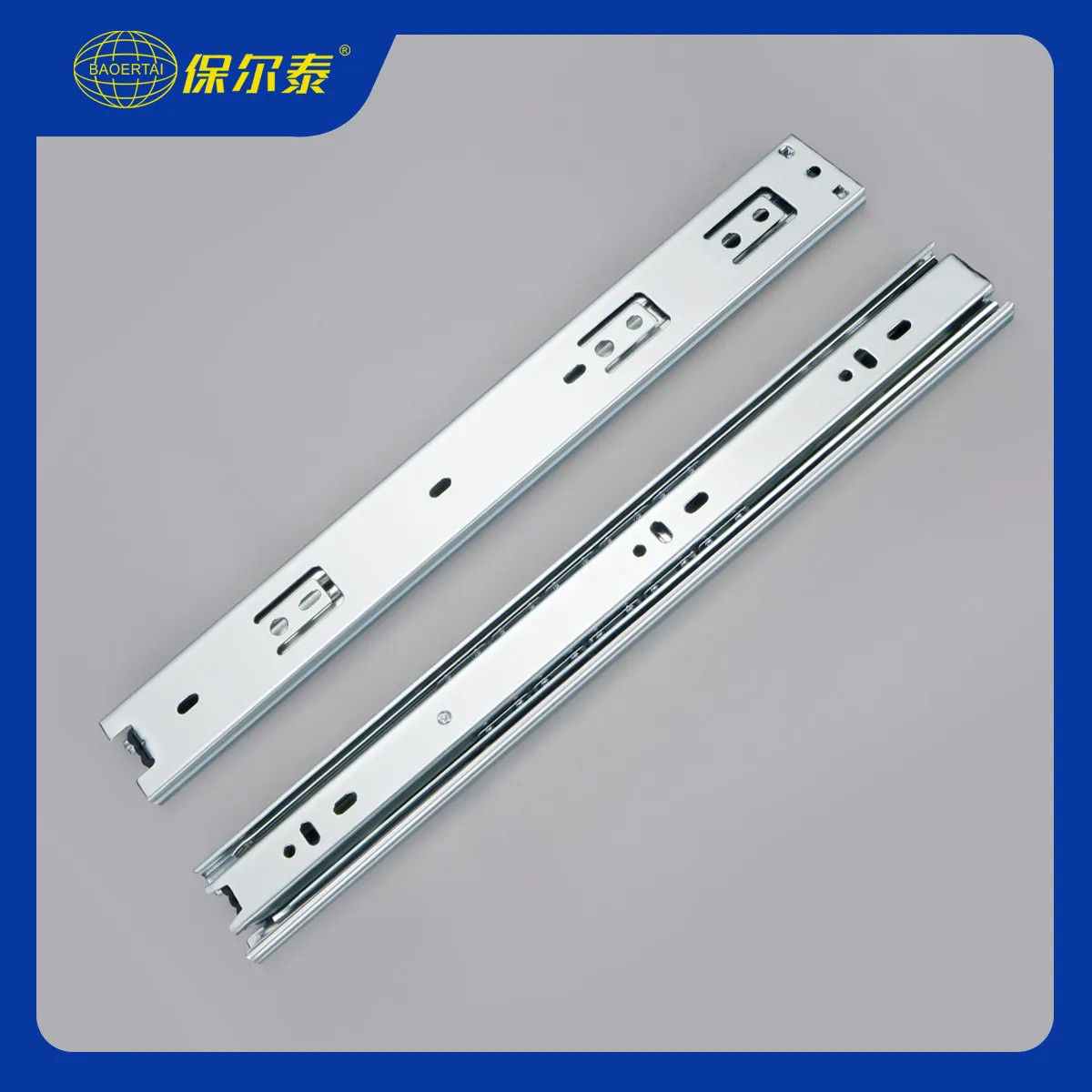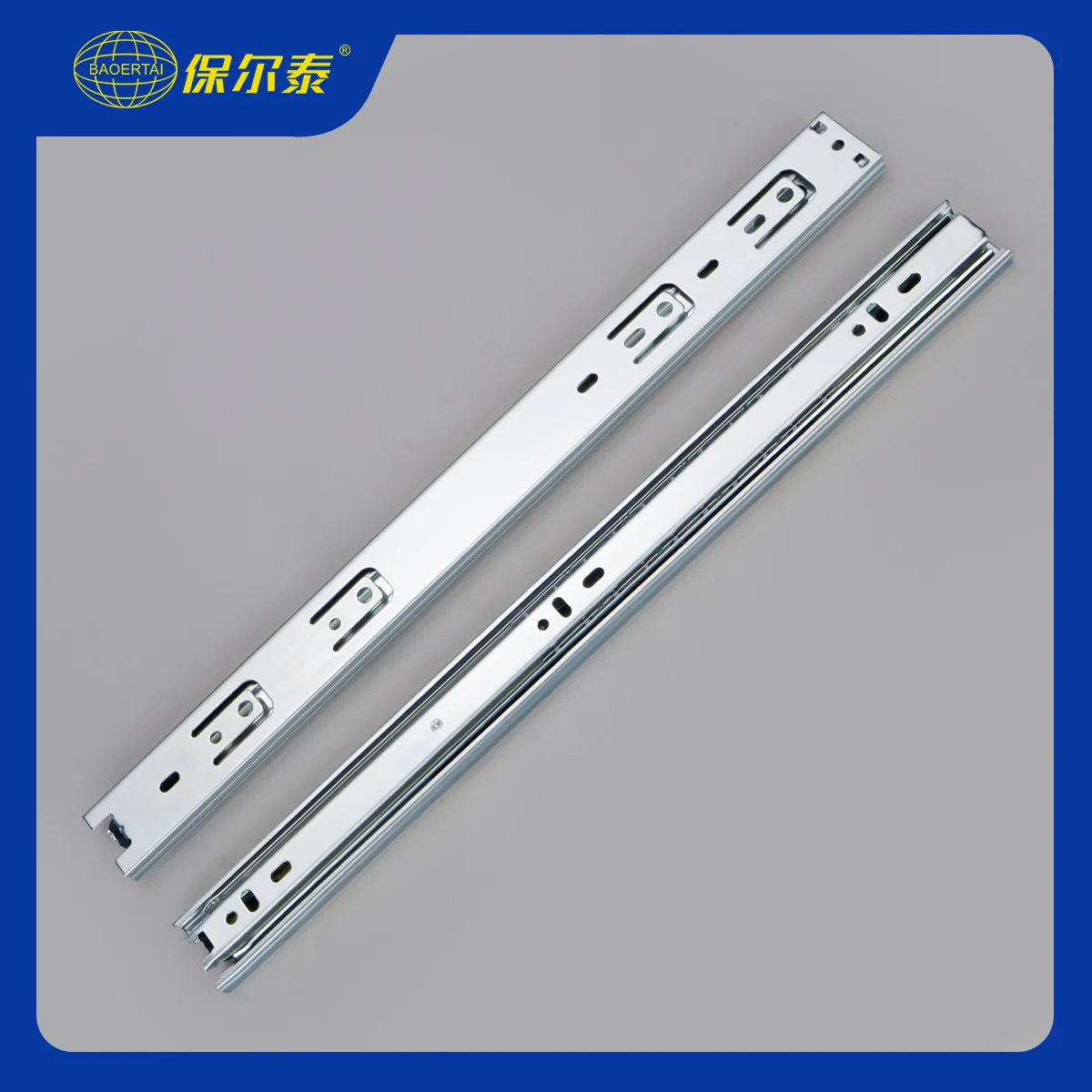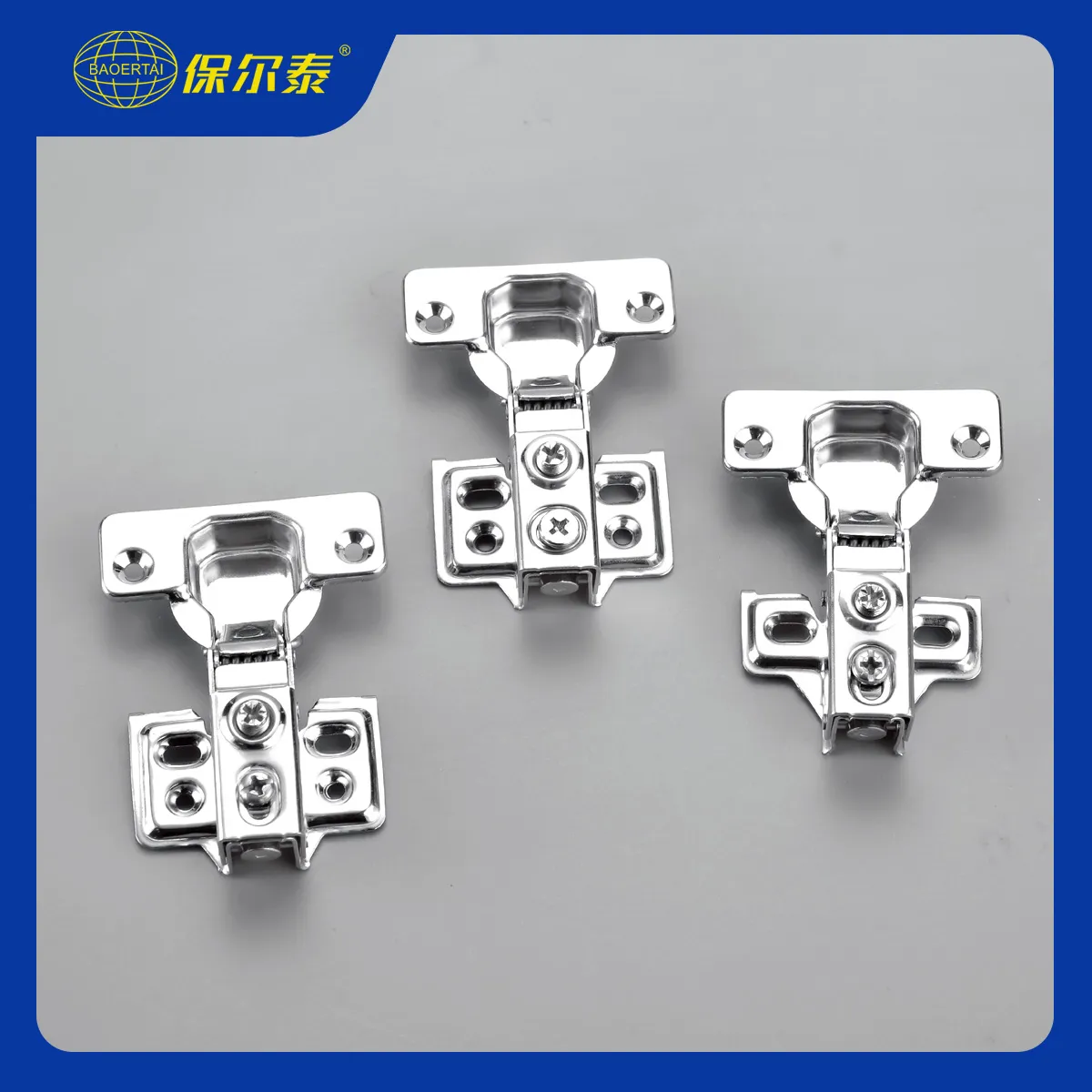Whether one is installing new or replacing old cabinet hinges, measurement accuracy is key. Knowing how to measure cabinet hinges properly will help a DIYer or professional get the hinges that are a perfect fit for your cabinet doors and frames.
Why measuring cabinet hinges is important
Accurately measuring your hinges ensures that the door is aligned with the cabinet frame for smooth opening and closing. Inaccurate measurements can lead to the following problems:
- Misaligned door bodies
- Difficulty opening and closing
- Shorter hinge life
Therefore, taking a few minutes to measure accurately can prevent unnecessary hassles and subsequent adjustments.
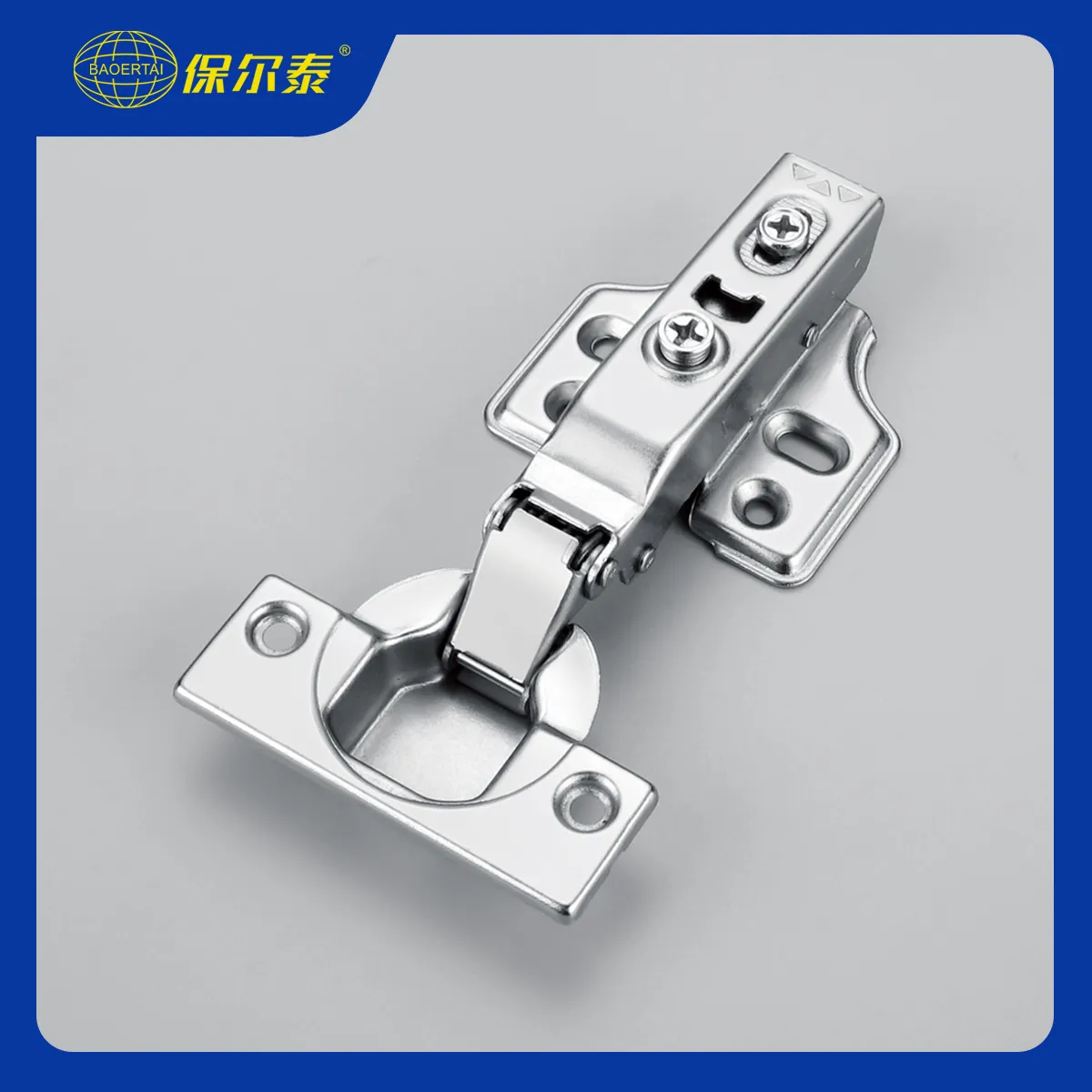
Steps for measuring cabinet hinges
Step 1: Determine the type of hinge
First, determining the type of hinge is the first step in measuring. Common types of hinges are:
Invisible hinges: the hinge cups are hidden within the door panel and are completely invisible when closed, usually used for modern-style cabinets.
Covered hinges: the door panel completely covers the frame, for traditional-style cabinets.
Insert hinges: In this type, the door body is inset inside the frame, and the hinge is between the frame and the door.
Step 2: Measuring door thickness
Thickness in the door panel: It is the most basic dimension during the selection of a hinge. Different hinges support a range of thicknesses, and one has to make sure the hinge will suit one’s door panel.
- How it’s measured: Use a caliper or a tape measure to determine the door panel’s thickness. Typically, most of the door panels have 19-32 mm thickness.
- Tip: Measure in multiple places to ensure the door panel thickness is even. Most especially, wooden doors are bound to have slight variations with the change in humidity.
Step 3: Measure the size of the hinge cup(Concealed hinges)
The only thing that can be taken into great consideration with concealed hinges is their size since the hinge cup must be recessed in a hole on the door panel.
- How to take a measurement: Measure the diameter- usually 35mm or 40 mm- and the depth between 11mm to 13 mm- of the hinge cup with calipers.
- Tip: The size of the existing hole in the door panel should not be larger or smaller than the hinge cup size, since the hinge will not fit well accordingly.
Step 4: Measure hinge leaf and mounting hole spacing (for pin hinges)
In the case of traditional pin hinges, the size of the hinge leaf and spacing of the mounting holes need to be measured so that it perfectly fits into the cabinet frame and door panels.
- How to measure:
Hinge Leaf Size: This is measured with the use of a tape measure. The length can normally fall between 70mm and 150mm while the width falls between 20mm and 35mm.
Mounting Hole Spacing: This entails the center distance measurement between two mounting holes. These are typically within a range of 40mm to 60mm, depending on the kind of hinge in question.
- Tip: The distance between the mounting holes, which has to precisely correspond to that of the mounting holes in the door frame, ensures the stable fixing of the hinge.
Step 5: Measure coverage (for Overlay Hinges)
The amount of overlay is the portion of the cabinet door panel that covers the frame. Measuring the amount of overlay correctly ensures that the door body can be opened and closed smoothly and that the hinges will not get in the way.
- How to measure: With the door closed, measure the overlap between the door panel and the frame. Typically, the amount of overlay is between 12mm and 32mm, depending on the design requirements.
- Tip: If the amount of overlap is too great, it may be necessary to select hinges with greater extension; if the amount of overlap is too small, the hinges may not fully support the door.
Step 6: Measure the door opening angle (optional)
To ensure that the hinge will support the door opening angle, you can measure the maximum opening angle of the door. This is important for selecting the opening function of the hinge, especially if a larger angle of opening is required.
- How to measure: Using a protractor or level, measure the maximum opening angle of the door. Typically, invisible hinges open and close at angles between 90° and 180°.
Common Measuring Mistakes
Common mistakes when measuring cabinet hinges include:
Not taking into consideration the weight of the door: heavier doors require stronger hinges to support them. Be sure to consider the weight capacity of the hinge when making your selection.
Not taking into consideration the opening and closing space of the door: make sure the hinges provide enough opening and closing space to avoid collisions between the door and surrounding items.
Not checking the position of the hinge mounting holes: During measurement, ensure that the holes on both the door panel and the frame are accurate to avoid installation problems due to mismatched holes.
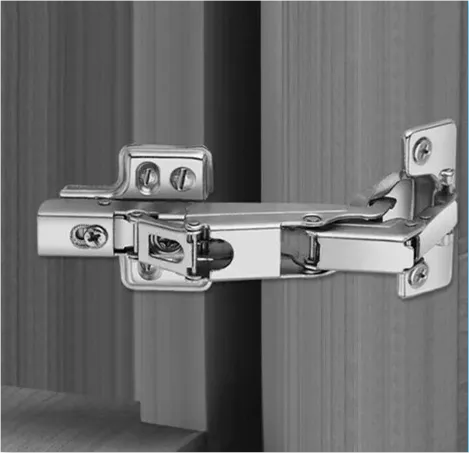
Summary
Measuring cabinet hinges is an important process in ensuring that the door body functions well. With the detailed steps above, you can easily measure the right size of hinges to ensure a perfect fit between the door body and the frame. While measuring, be sure to pay attention to details, avoid common misconceptions, and choose the type of hinges that match your cabinet design.
In case you are not sure about how to measure or which hinge to choose, it is highly recommended to consult a professional custom cabinet hinges manufacturer or supplier to ensure a perfect fit.


